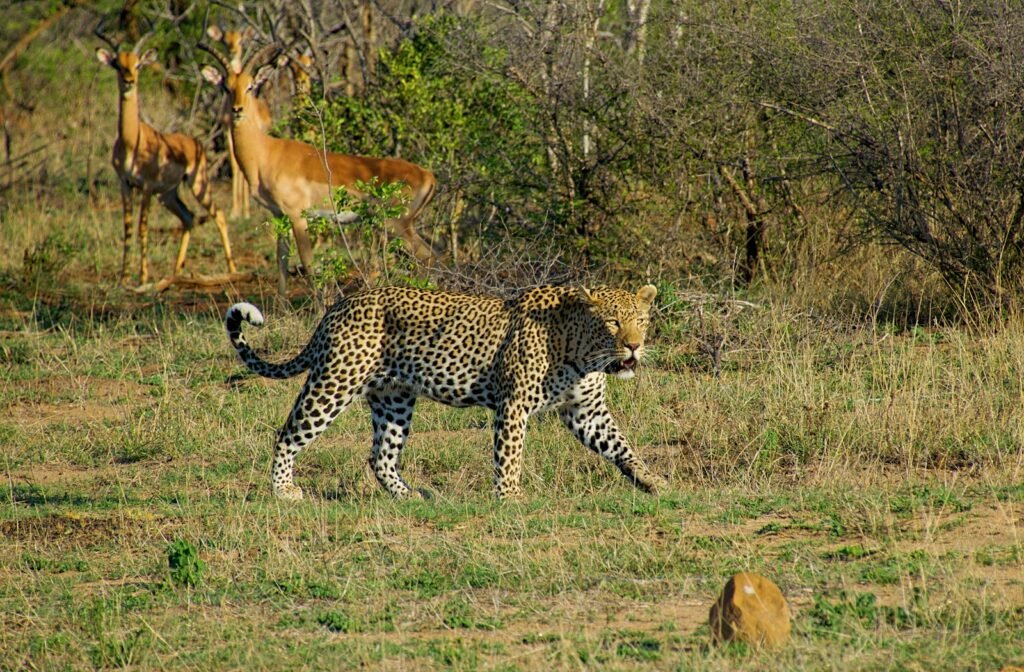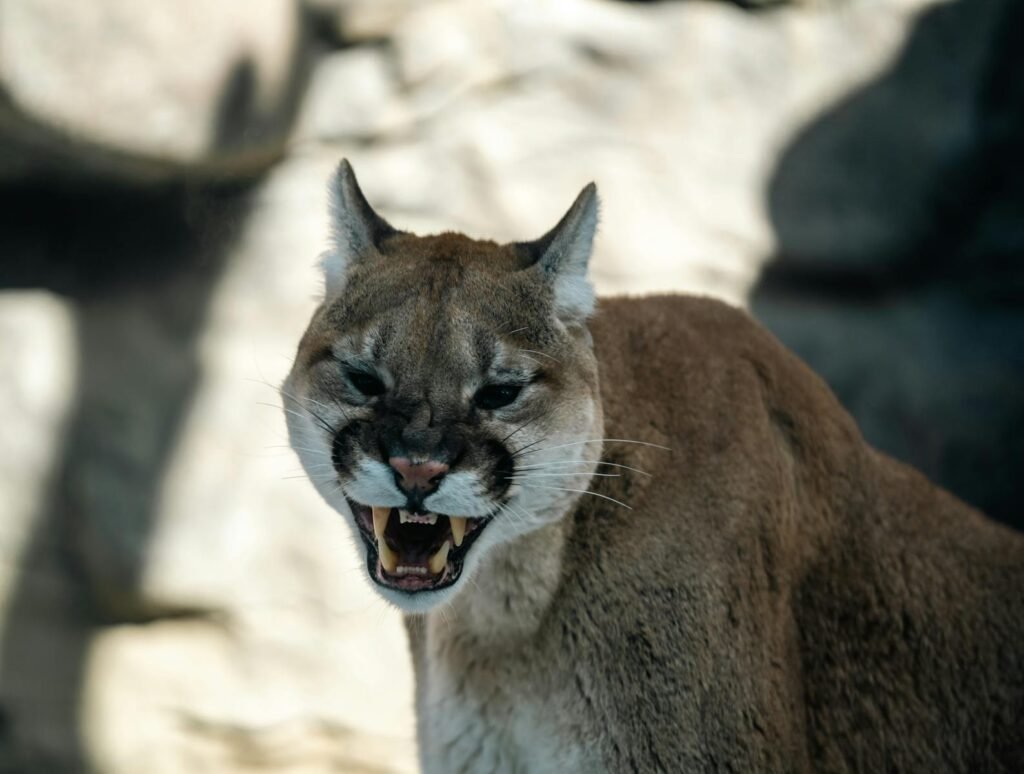The mesmerizing world of big cats draws both awe and mystery. Known for their grace, power, and stealth, these magnificent creatures are apex predators in diverse habitats, each adapting unique hunting techniques to maximize their survival chances. From the dense jungles of India to the vast savannas of Africa, big cats have honed their predatory skills to thrive in their particular environments. This article delves into how regional differences shape the hunting strategies of big cats, offering a glimpse into the fascinating interplay between these majestic animals and their habitats.
Adaptive Camouflage in Dense Forests

In the lush forests of India and Southeast Asia, tigers have developed a keen affinity for camouflage. The distinctive stripes of these elusive felines function much like a natural cloak that merges seamlessly with the dappled sunlight filtering through the foliage. This adaptation allows tigers to stealthily stalk prey, reducing the chance of detection until it’s too late. Their patient and solitary approach ensures they conserve energy while optimizing their success rate in the dense undergrowth.
Cooperative Hunting on the African Savanna

In the sprawling plains of Africa, lions set themselves apart with a unique social structure. Unlike solitary tigers, lions hunt cooperatively within prides, utilizing teamwork to bring down formidable prey. Each lioness in the pride plays a specific role, from driving prey into an ambush to subduing larger animals. This collaborative strategy not only increases the efficiency of their hunts but also underpins the social dynamics and survival of the pride in the open savanna.
Stealth and Agility in Rocky Terrain

In the rugged landscapes of Central Asia, snow leopards demonstrate extraordinary agility and stealth. Their thick, light-colored fur provides excellent camouflage against the rocky, snow-laden terrain. Equipped with powerful hind legs, they are capable of incredible leaps, which are essential in traversing the treacherous slopes and ambushing unsuspecting prey like ibex and wild sheep. The solitary nature of snow leopards is a testament to their self-reliance and specialized hunting prowess in this challenging environment.
Aquatic Accentuations in Swampy Habitats

Jaguars, thriving in the rainforests and swamps of the Americas, have developed a special affinity for water, setting them apart from other big cats. These powerful swimmers often hunt aquatic or semi-aquatic prey, such as caimans, fish, and capybaras. Their strong jaws and teeth are adapted to puncture the skulls of their prey efficiently, showcasing a specialized technique that is ideally suited to the wetland regions they inhabit.
Nighttime Predation in Desert Climates

In the arid desert regions of Southwest Asia and North Africa, the Arabian leopard capitalizes on the coolness of night to hunt. As daytime temperatures soar, these elusive predators conserve energy by being primarily nocturnal. Their acute sense of hearing and night vision equip them to track down prey such as hares and rodents, which are also more active after dusk, ensuring effective nocturnal predation.
Conclusion

The versatility and adaptability of big cats highlight their evolutionary success as hunters across varied landscapes. Each species has fine-tuned its hunting strategies to exploit the specific conditions of its environment, showcasing remarkable adaptability and resilience. Understanding these techniques not only enriches our appreciation for these majestic animals but also underscores the importance of preserving their diverse habitats, ensuring the survival of these apex predators for generations to come.
Hi, I’m Bola, a passionate writer and creative strategist with a knack for crafting compelling content that educates, inspires, and connects. Over the years, I’ve honed my skills across various writing fields, including content creation, copywriting, online course development, and video scriptwriting.
When I’m not at my desk, you’ll find me exploring new ideas, reading books, or brainstorming creative ways to solve challenges. I believe that words have the power to transform, and I’m here to help you leverage that power for success.
Thanks for stopping by, Keep coming to this website to checkout new articles form me. You’d always love it!






